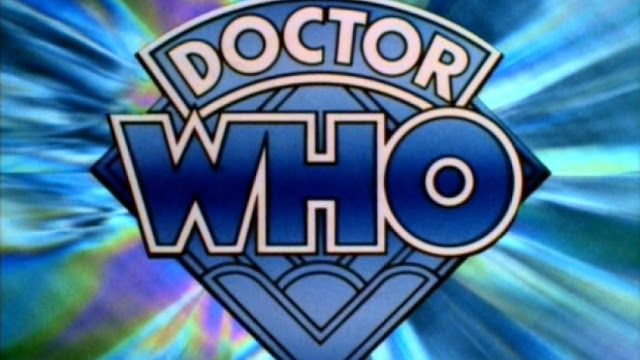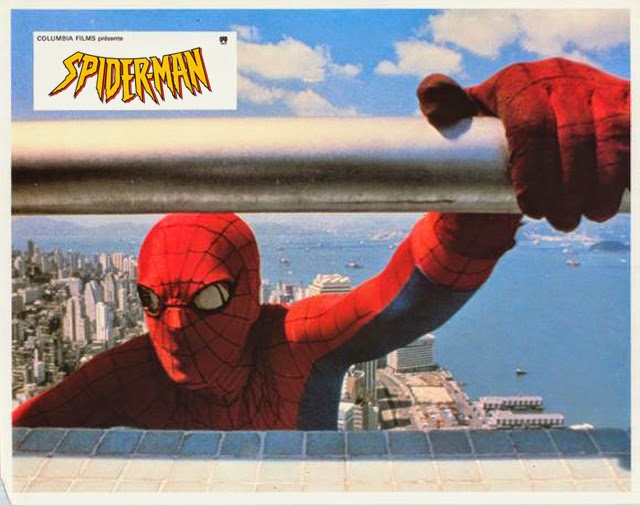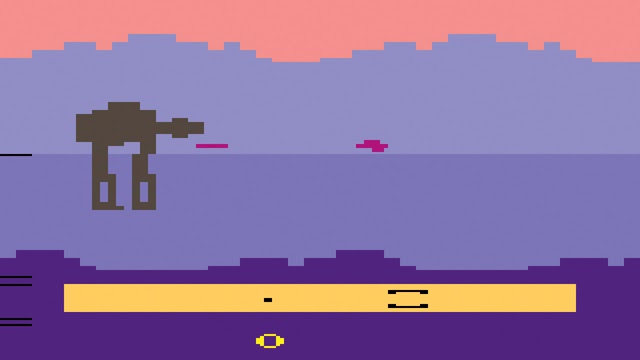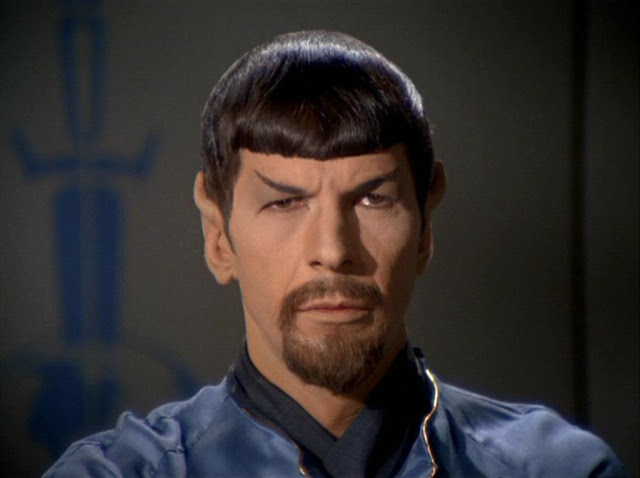Minesweeper, a game synonymous with the Windows operating system, is more than just a simple computer game; it's an icon of classic Windows desktop gaming. Its origin, gameplay, and evolution across various versions of Windows reflect a journey through time, offering players both frustration and triumph in equal measure. This retrospective delves into the depths of Minesweeper, exploring its beginnings, gameplay mechanics, its presence across Windows versions, its development over the years, and its comparison to other home computer games from the 8-bit and 16-bit eras.
The roots of Minesweeper trace back to the 1960s with the game Mined-Out (Quicksilva, 1983) for the ZX Spectrum, considered one of its earliest influences. However, Minesweeper as we know it was first introduced to the masses with the release of Windows 3.1 in 1992. Designed by Curt Johnson and later refined by Robert Donner, Minesweeper's inclusion in Windows was part of Microsoft's strategy to familiarize users with the mouse, a relatively new input device for many at the time.
Gameplay in Minesweeper is a blend of logic and luck, where players are tasked with clearing a grid of hidden "mines" without detonating any. The game provides clues in the form of numbers indicating how many mines are adjacent to a revealed square. This simple yet compelling mechanic requires players to use deduction and sometimes a bit of fortune to clear the board or face sudden defeat upon clicking a mine. The game features three difficulty levels—Beginner, Intermediate, and Expert—catering to a wide range of skill levels, from novices to seasoned veterans.
Minesweeper was a staple of the Windows operating system from Windows 3.1 all the way through to Windows 7, evolving subtly with each version. The game saw minor graphical updates and improvements in usability with each iteration of Windows, ensuring it remained a familiar yet fresh experience for users. Windows XP, for example, introduced question marks as a way to mark uncertain tiles and added color to the interface, enhancing visual appeal and gameplay clarity.
Despite its simplicity, Minesweeper spawned a dedicated competitive scene focused on clearing boards in the fastest times possible. This community fostered an environment of strategy sharing, with players developing and discussing techniques to improve efficiency and accuracy. The game's legacy also includes various clones and adaptations, such as Kmines for the KDE desktop environment in Linux and Minsweeper for MacOS, illustrating its widespread influence beyond the Windows ecosystem.
Comparing Minesweeper to other home computer games of the 8-bit and 16-bit eras reveals a landscape of diversity in gameplay, graphics, and objectives. Games like "Lode Runner" and "Boulder Dash" shared Minesweeper's puzzle-solving aspects but introduced real-time action and player movement, offering a different type of challenge. Conversely, text-based adventure games like "Zork" offered deep narratives and complex puzzles without the graphical interface, focusing on storytelling and player imagination.
Minesweeper's simplicity and accessibility were key to its appeal, distinguishing it from the more complex and genre-specific titles of its time. While many games from the 8-bit and 16-bit eras required dedicated gaming hardware or computers with specific capabilities, Minesweeper's presence on Windows ensured it could reach a vast audience without the need for additional investment in gaming-specific equipment.
The game's influence extends beyond entertainment, having been used in educational contexts to teach logic, probability, and even basic programming concepts. Its algorithmic nature makes it a popular case study in computer science courses, illustrating the application of algorithms in game design and problem-solving.
Despite its simplicity, Minesweeper remains a beloved part of gaming history, cherished for its ability to offer a quick distraction, a mental challenge, and a dose of nostalgia. Its legacy is not just in the countless hours spent by users clicking and right-clicking their way through the minefield but also in its contribution to making the Windows desktop experience more engaging and entertaining.
As technology and gaming landscapes evolve, Minesweeper stands as a testament to the enduring appeal of simple, well-designed games. Its legacy is a reminder that amidst the ever-increasing complexity of modern gaming, there is always room for games that challenge the mind in the simplest of ways. Minesweeper, with its humble beginnings and iconic status, continues to be celebrated, not only for its contribution to gaming history but for its role in introducing generations of users to the joys of computer gaming.
In conclusion, Minesweeper is more than just a game; it's a cultural phenomenon that bridged the gap between utility and entertainment on the Windows desktop. From its strategic gameplay to its impact on the competitive scene and beyond, Minesweeper's influence is undeniable. As we look back on this classic Windows game, it's clear that its legacy will continue to be appreciated by those who remember the thrill of clearing a board and the agony of a single misstep. In the vast panorama of video games, Minesweeper remains a timeless classic, embodying the essence of what makes games compelling: challenge, strategy, and the simple joy of playing.


































No comments:
Post a Comment